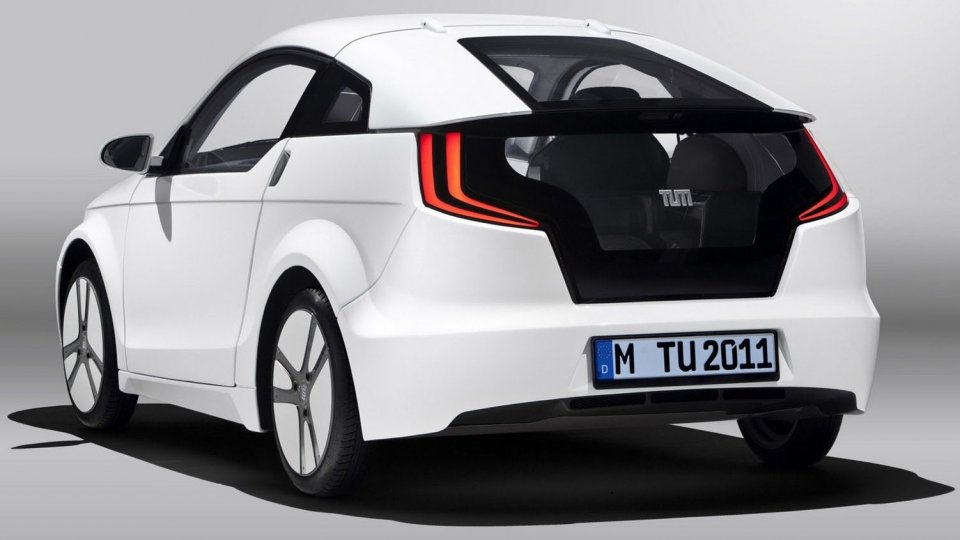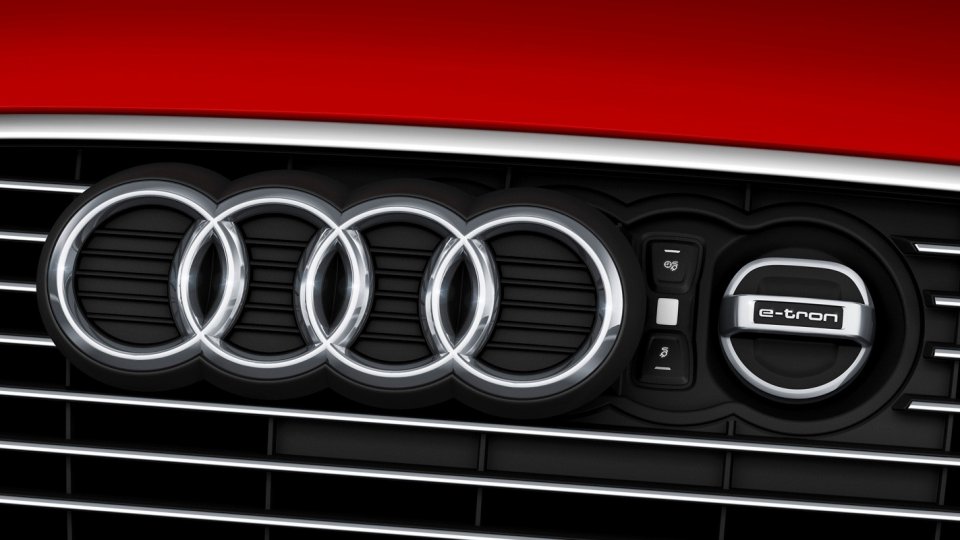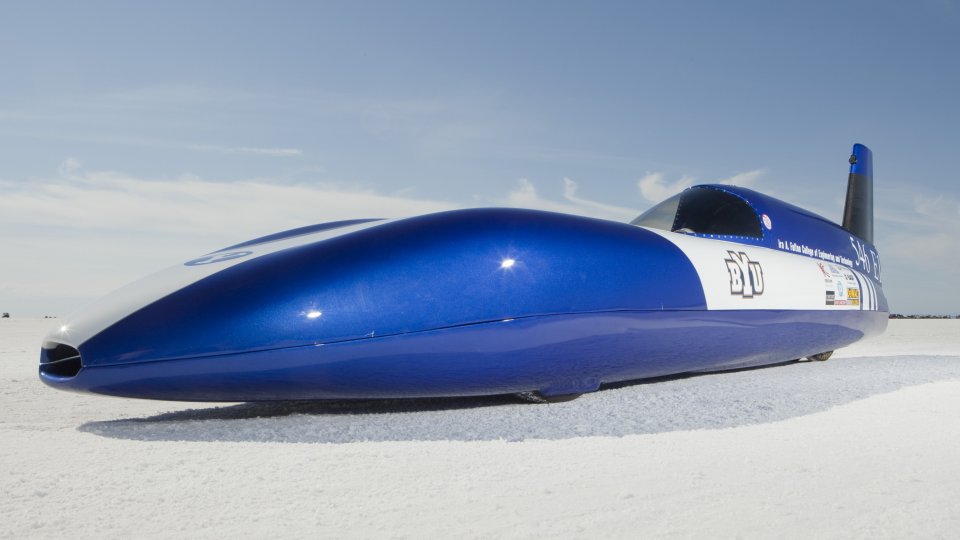The hybrid McLaren strives for track record
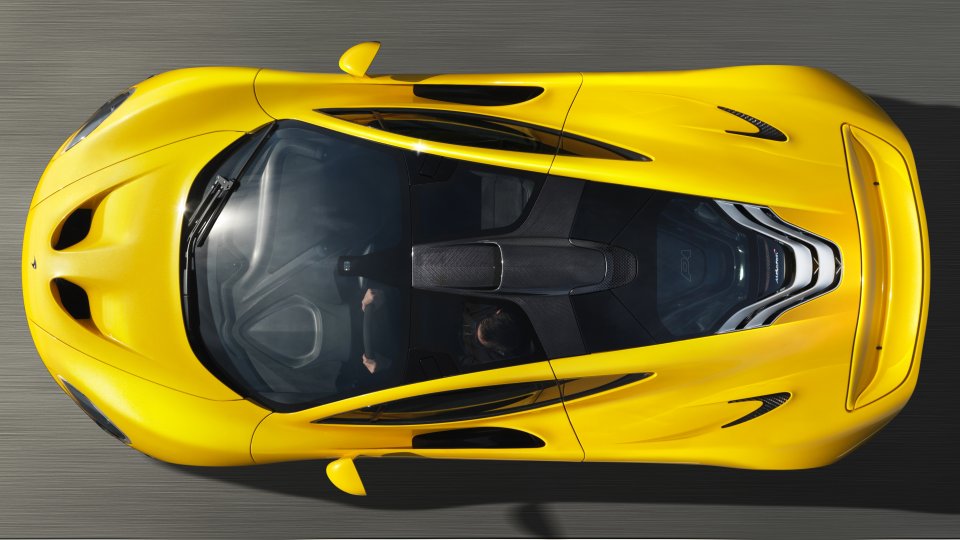 Utilizing it's experiences gained in Formula – 1 McLaren has created it's newest sportcar. Though the P1 is even more forward – pointing even than the racing cars, because such an innovative hibrid drive like it has, may appear in the F1 only a few years later.
Utilizing it's experiences gained in Formula – 1 McLaren has created it's newest sportcar. Though the P1 is even more forward – pointing even than the racing cars, because such an innovative hibrid drive like it has, may appear in the F1 only a few years later.

After the MP4 – 12 (striving for the success of the Ferrari 458 Italia) McLaren has introduced it's second road sportcar. According to it's producer the brandnew P1 is the spiritual successor of the legendary F1 which was once kept count of as the fastest production sportcar of the world.

Their goal with this novelty is not to beat the speed record of the Bugatti Veyron, as the electronics limit it's top speed by 350 km / h, though using their aerodynamic and engine building experiences gained in the Formula 1 their objective is to be able to run the fastest rounds among the production sportcars on any race circuits of the world.

To reach this the P1 is supported by an adjustable suspension and active aerodynamics, and in Race mode e. g. the prestigous rear wing producing a serious downforce can extend 30 cms from the bodywork, and in such case the chassis (getting so tree times harder) lowers the body with further 5 cms. The standing start acceleration of the P1 is less than three seconds, it needs less than seven seconds to reach the speed of 200 km/h from rest, and it powers on to 300 km/h in less than 17 seconds, so it´s a full five seconds faster than the legendary F1.
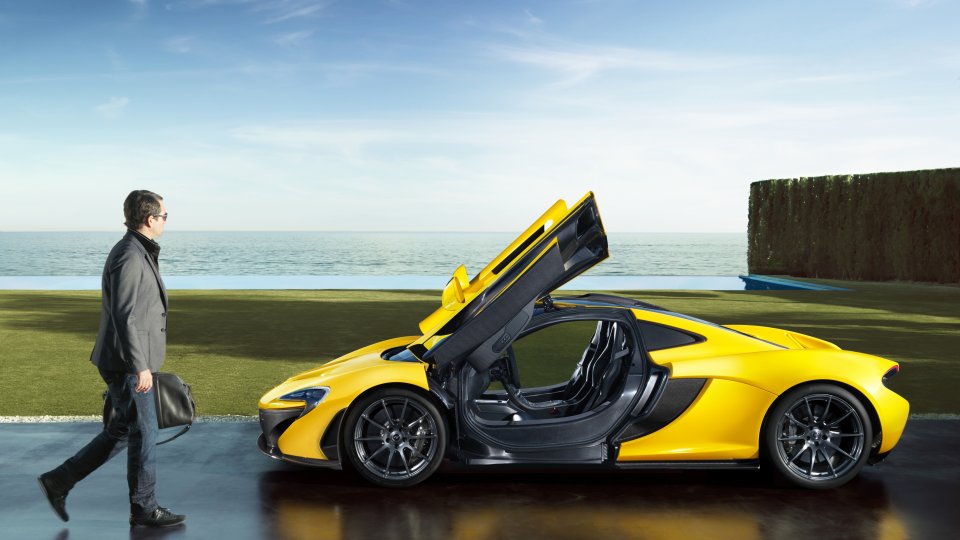
To reach extraordinary driving dynamics there is especially a lightweight body needed: the P1 is made of one piece, the carbon fiber strengthened body weighs altogether 90 kgs, the body parts are also made of carbon, but there were titan and kevlar used by the building of the car as well.

Nevertheless, the designers weren't satisfied with the upgraded 737 HP performance of the 3,8 litre, twin - turbo, eight cylinder petrol engine adapted from the smaller model of MP4 – 12, as they constructed a hybrid drive chain for the supercar by building an electric engine into it. The 179 HP strong, 230 Nm performanced electric engine is able to drive the P1 by itself as well for a maximal range of 10 kms, but the objective of the designers is not just to be environmentally friendly, but rather to minimize the turbo lag (which is noticeable till the maximum turning of the excessive, 2,4 bar pressured charger) to make the reactions of the gas pedal more direct.

The electric engine helps the petrol resource (of which power can be regulated by the seven gear, automatic double clutch transmission controlled by the gearshifts placed behind the steering wheel) after pushing the IPAS button placed on the steering wheel.
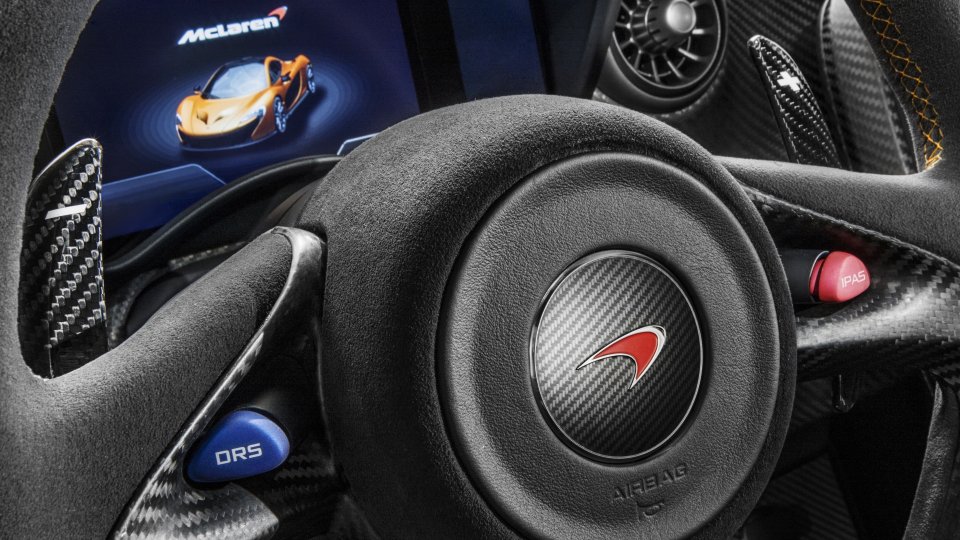
The battery weighing 96 kgs is built in the middle of the carbon fiber strengthened chassis, so there is no need for further protective covering, and the electric engine (equipped with an external and an internal cooling system as well) weighs altogether 26 kgs, whereas it's performance is two times so high than that of the KERS (which is known from the Formula 1 since 2009 and is used for a similar aim) providing 82 HP extra power. At the same time in the F1 they want to increase the performance of the electric engine up to 160 HP, so that the racing cars can drive through the pit stop with zero emission, using only the electric engine. The introduction of this technology (according to the request of the engine manufacturers) was postponed from 2014 with three years, so we can say, that the technology of the P1 forestalls by years even the technology of the Formula 1 racing cars.

In comparison with the most part of the hybrid vehicles available on the market the P1 doesn´t charge the batteries during the braking, it does so only when we withdraw the gas, so that the operation of the generator doesn´t influence the essentially important sense of braking.

At the same time the battery of the British super car can be charged in a special way: not just with the attached cable, from the home network in two hours, but also by pushing the „Charge" button placed on the dashboard. In this case the six cylinder petrol engine (even if the car is standing in the pit stop) is able to charge the batteries within 10 minutes, so that we will be able to reach the possibly fastest lap time with the sport car (having a combined performance of 916 HP) on the race track or just to leave the pit noiselessly.

At the same time the McLaren P1 won´t be a common phenomenon on the race circuits or on the roads, as after the survey about the customer demands the manufacturer decided that there will be altogether 375 pieces produced, therefore even that isn´t so surprising that one exemplar of it will cost more than one million dollars.


